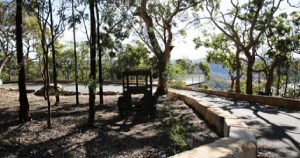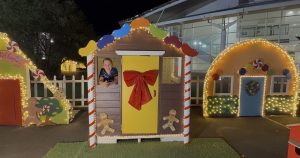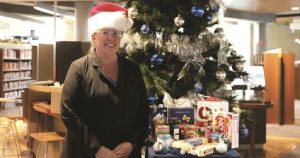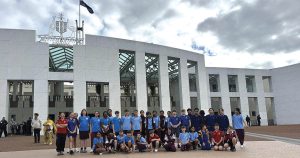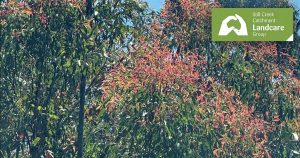By Greta Wickham Galston District Garden Club
The Galston District Garden Club welcomes visitors and new members, and if you were not at our last meeting in June, you missed a very interesting guest speaker. Galston District Garden Club
Peter Heys from Clivia and Rare plants speaking on the topic “Symbiotic Relationships” referring to relationships between organisms of different species that show an intimate association with each other with a nutritional advantage. It sounds complicated, but Peter explained it in simple terms.
Our speaker for 14th July will be Keith Stapley regarding the Orange Blossom Festival Garden Competition. Galston District Garden Club
Well, it is winter, and if you are like me, you are hibernating in front of the fire, finding cupboards to tidy, baking, maybe even sorting the photographs that you have been putting off for months. Have you ever wondered what our wildlife does in winter?
Take honeybees; they remain in their hives, occasionally coming out on sunny days. Bumblebee queens may be seen if mild weather encourages them to emerge from hibernation. Solitary bees remain in their nests until they are ready to mate. All need nectar if they emerge during winter; otherwise, they are in danger of dying from starvation. What can we do to help them?
We can create leaf and twig piles for bees to shelter beneath. Let fallen leaves stay where they drop and avoid disturbing them from autumn through to spring. Galston District Garden Club
Leave compost heaps untouched, and avoid digging your soil until spring. Grow ivy on walls and fences to provide shelter from heavy rain and provide a late nectar source for species that are still on the wing. Grow winter flowers such as Clematis cirrhosa, crocus, hellebores, mahonia, sarcococca, snowdrops, winter aconites(Eranthis hyemalis), winter heathers (Erica carnea) and winter honeysuckle (Lonicera x purpusii)
Frogs, toads and newts enter a state of torpor in winter, rather than hibernation, rising from their slumber, searching for food on warm days. They live over winter in log and leaf piles or beneath stones and plant pots. Some rest in the mud at the bottom of ponds.
They are also fond of compost heaps, another good reason to leave the compost bins untouched over winter. You can float a tennis ball or similar in your pond to prevent freezing over completely. It is also a good idea to create a nearby rock pile where they can take shelter.
Ideally, this should face north to avoid temperature highs and lows between day and night. You can also make a hibernaculum for frogs. Choose a sheltered spot that won’t be disturbed. Dig a shallow trench the same size as an old hessian bag. Lay the bag in the trench and gently firm the compost. Cover the bag with grass clippings or plant prunings.
Winter is a difficult time for birds too. They need to find food for energy and build fat stores to keep warm through long, cold nights.Galston District Garden Club
Smaller birds need to eat up to a third of their body weight each day. There are two ways in which you can feed birds in winter. Firstly you can grow plants that will provide them with food such as berries and seeds and other plants that will provide a habitat for insects that they can eat.
Galston District Garden Club meets on the 2nd Wednesday of the month in the Galston Community Hall, 37 Arcadia Rd, Galston, at 7.30 pm. Our next meeting is on the 14th July. We are a friendly club, and visitors and new members are warmly welcome.
For further information regarding the club, visit www.galstongardenclub.com.au or email:[email protected]

